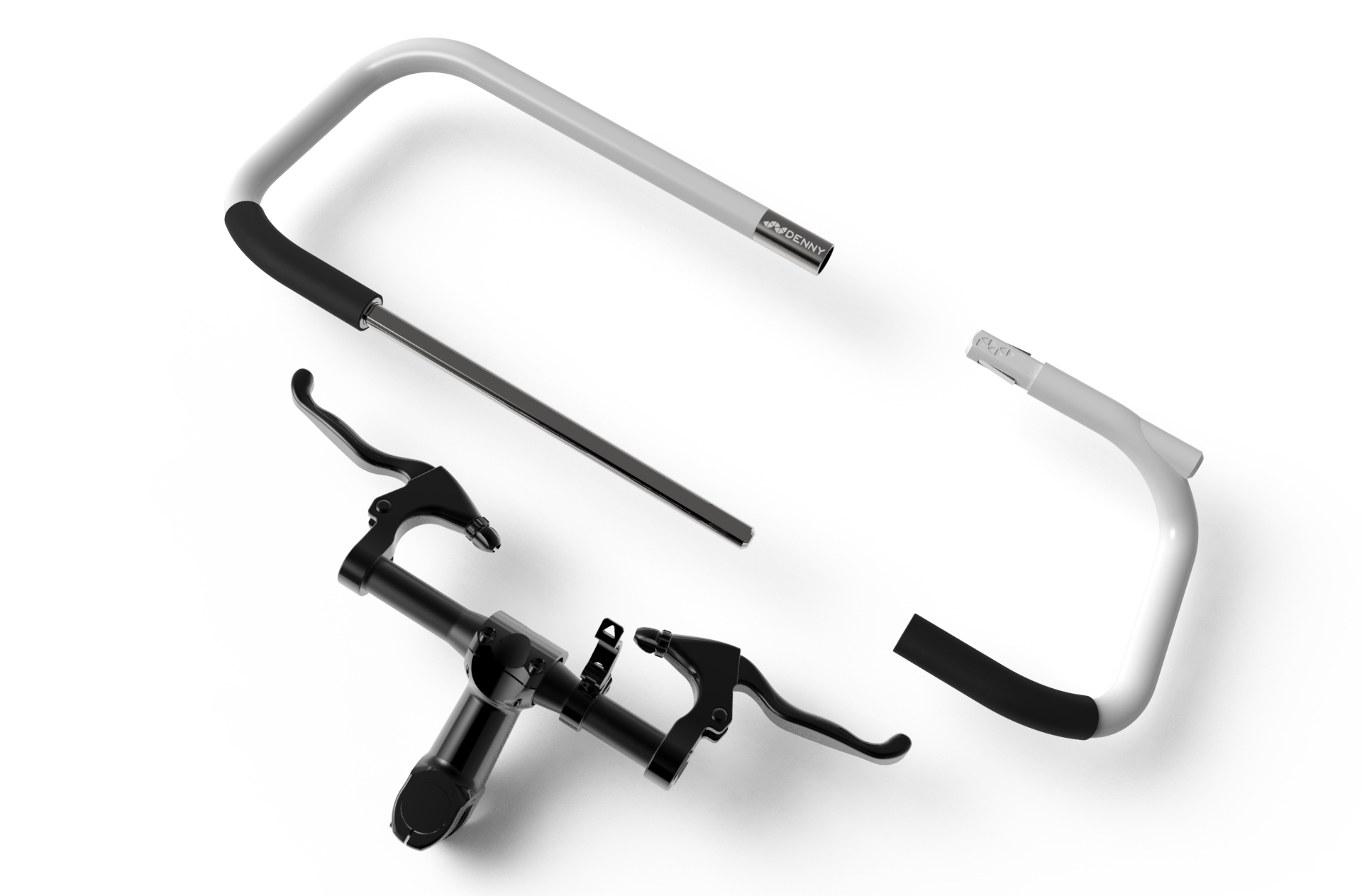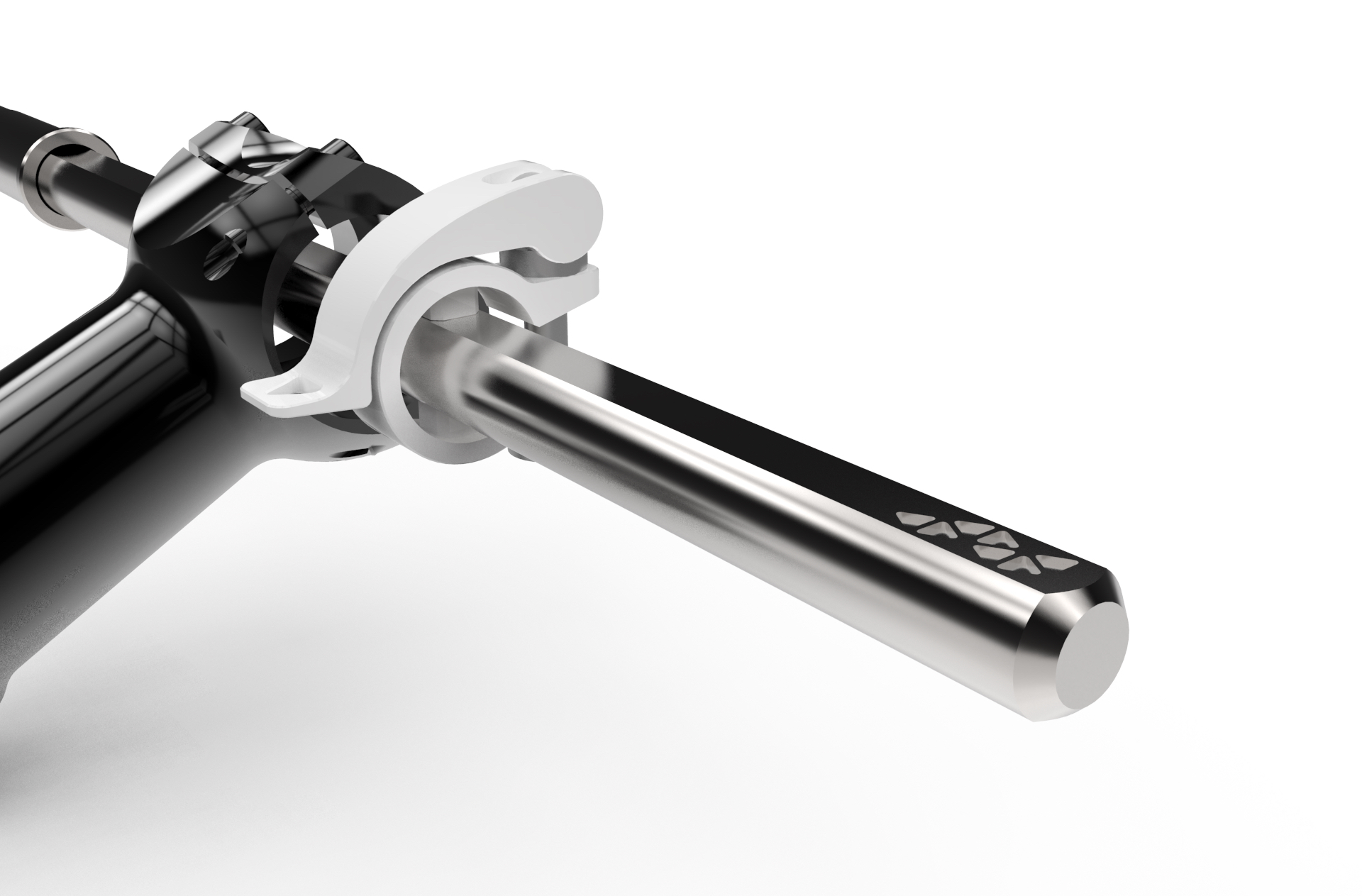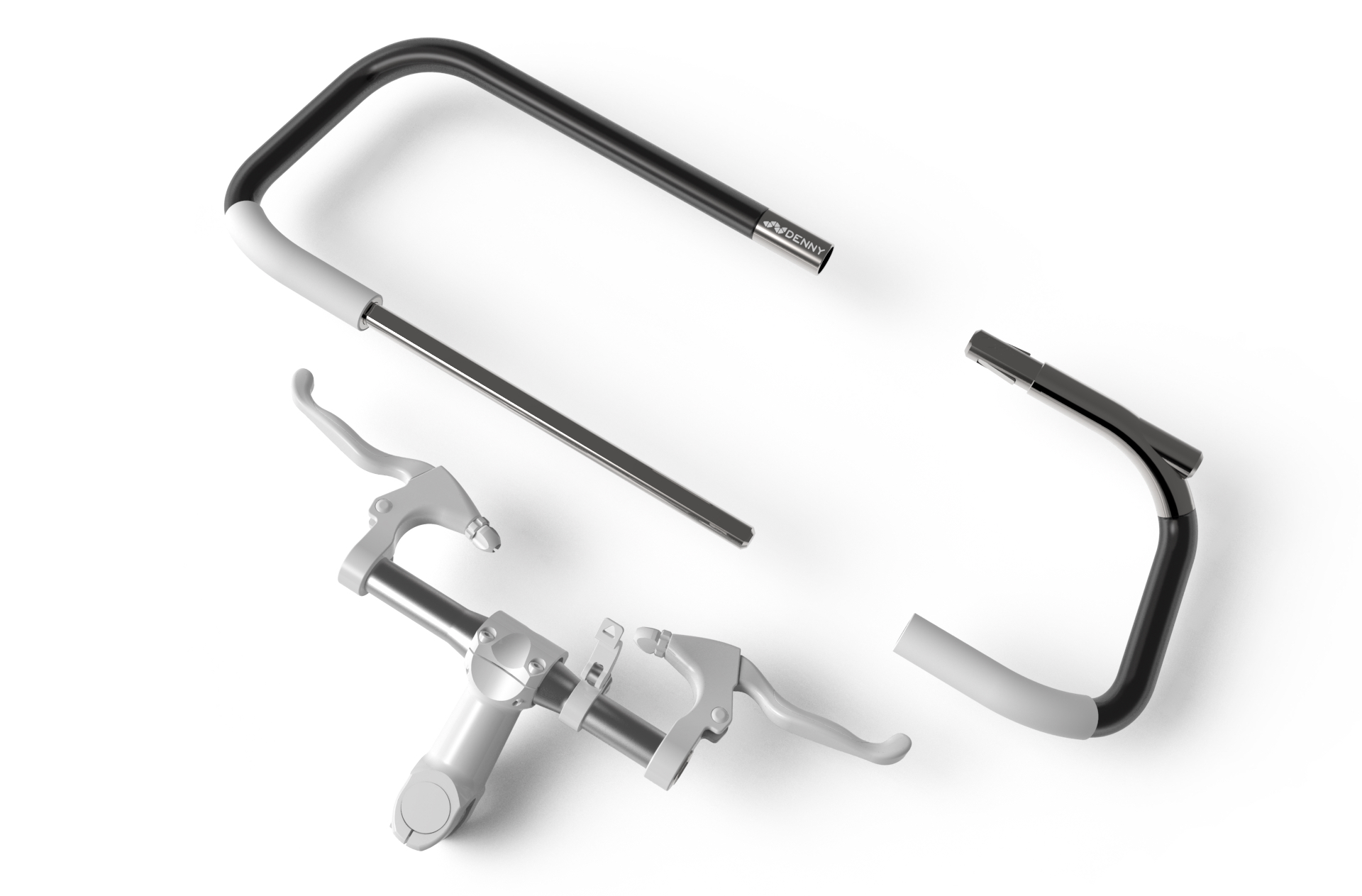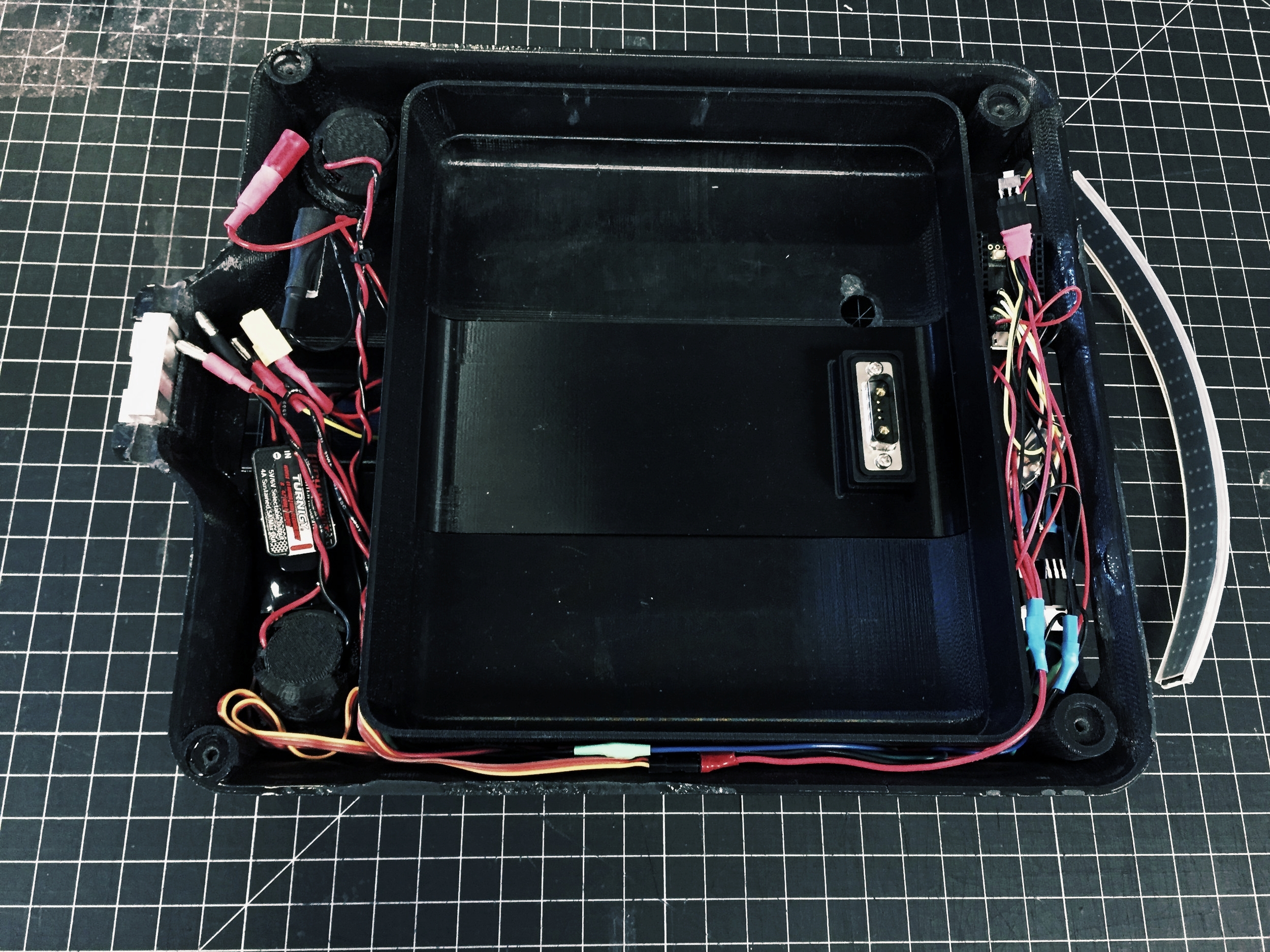THE DENNY NEXT INITIATIVE
In 2014 The DENNY bike was voted as the winner of the Oregon Manifest Ultimate Urban Bike competition. Over the next two years, members of the TEAGUE DENNY team worked exhaustively with Fuji to bring the DENNY bike to market. Unfortunately, due to a myriad of technical barriers and other limitations, the production version of the bike ended up being so stripped its core design and functionality, it didn’t much resemble the bike our fans had voted for. Ultimately, Fuji came to the conclusion that they were at least five years out from being able to develop a bike like DENNY, and as our contracted time ended, TEAGUE and Fuji parted ways.
However as sad as that day was when TEAGUE and Fuji ended the production DENNY program, it was still an amazing ride overall. One that I'm happy to share!
DENNY NEXT, MAKER FAIR/MAKER CON
One of the key questions TEAGUE wanted to explore during the development of the DENNY bike was what it meant to have a connected bike. While we never wanted the core bike to be dependent on an external device, we were excited by the ability to keep tabs on and control DENNY's systems (including the locking systems) through an app. At the time TEAGUE was using the Intel's Edison platform as a foundation for connecting and controlling a myriad of different systems and wireless protocols. After finding out what we were working on, Intel extended TEAGUE an invitation to show off our connected DENNY prototype (in progress) at the 2015 Bay Area Maker Faire.
We gladly accepted!
DENNY was transported from Seattle to the Bay Area in a custom designed shipping box that doubled as a display platform. This was a small design side project I headed up in parallel to the other efforts in progress. Our connected prototype included app based remotely activated lighting, along with a completely new handlebar locking mechanism (I redesigned to comply with Fuji’s production needs). This new handlebar also included a wireless electronic locking mechanism that could be controlled remotely through the Intel Edison via a phone app we developed. We demoed the bike and its tech hundreds of times during those two exhausting days, But it was worth it each time to see peoples faces light up as magically DENNY came to life with its lighting and its handlebar-to-lock transformations.
As this was Maker Faire I had also designed a standalone display chronicling the journey of making the DENNY’s handlebars from proof of concept 3D prints to the working aluminum steel prototypes. This was a nice companion piece to have during busy times where I or another TEAGUE person were engaged in giving a small group demo around the bike itself.
DENNY NEXT, BAR
The original DENNY handlebar worked great for our original concept bike, but it wasn't compatible with current standards for brake levers and other handlebar mounts accessories. For Fuji, this issue was a deal breaker for its implementation, but for us at TEAGUE, the locking handlebar was a defining feature of the DENNY design. Having been the designer o the original, I took on the task of redesigning it to fit these new needs (it was also a good opportunity to give the bar an ergonomic tune up!). After exploring a number of new inceptions and working with Fuji to make sure it was compliant with their needs, DENNY had a new patentable handlebar design that not only worked for our production design, but could be used on any bike! A great example of how constraints often lead to better design.
DENNY NEXT, BRAIN
As DENNY was refined the electronics package needed refinement as well.
The front drive assist motor was replaced with a smarter SRAM E-Matic rear drive system with more power and range, and all the lighting was upgraded to be brighter and more visible. These changes meant that DENNY now had more power requirements than before and it needed a new way of managing these systems.
As before, when I stepped outside of traditional ID to develop the original DENNY electronic package, I took on this new challenge to modify DENNY for these new needs. Firstly the front tray was redesigned to fit a new battery and to now integrate the high intensity headlamps (it was found that the original handlebar mounted headlights were too easily obscured by any cargo in the basket). Then by learning and using Eagle PCB software, I designed and built a new power supply that would meet the new power needs. The new front tray tray insert (which was originally expensivley machined out of aluminum) was now 3D printed in ABS plastic reinforced by a urethane resin and strategic use of aluminum parts. While the new tray insert was plenty strong enough for real world riding, it was only ever intended for testing.
Developing the power supply management board would be a “101” class for any electronics engineer, but I am not an electronics engineer. My task was to take the relatively high volt (36v), high amp output, and turn it into one of three other sources exact voltage sources that will not burn out their components. It was a great learning experience for me and another tick forward for the DENNY bike.
Developing battery systems for production is a far cry from developing power supply batteries for one-off prototypes. One-off non-production prototypes don’t require testing or certification. However, developing such systems for production can prove to be prohibitively expensive. It’s usually best to start with a proven design, that has already been certified, and “repackage” the proven architecture in your current design.
Such is what I did with the SRAM battery that was originally intended to run our E-assist drive mechanism. By simply repackaging their small battery we could potentially avoid many of the issues and cost accosted with ground up designs. The SRAM battery proved to work perfectly for the DENNY tray implementation. And simply by rearguing components I found I could perfectly fit the SRAM battery and its components into the DENNY tray design.
ProjectResponsibilities: Project Runner, Lead Prototyper.





























